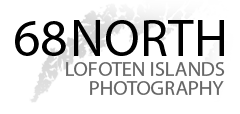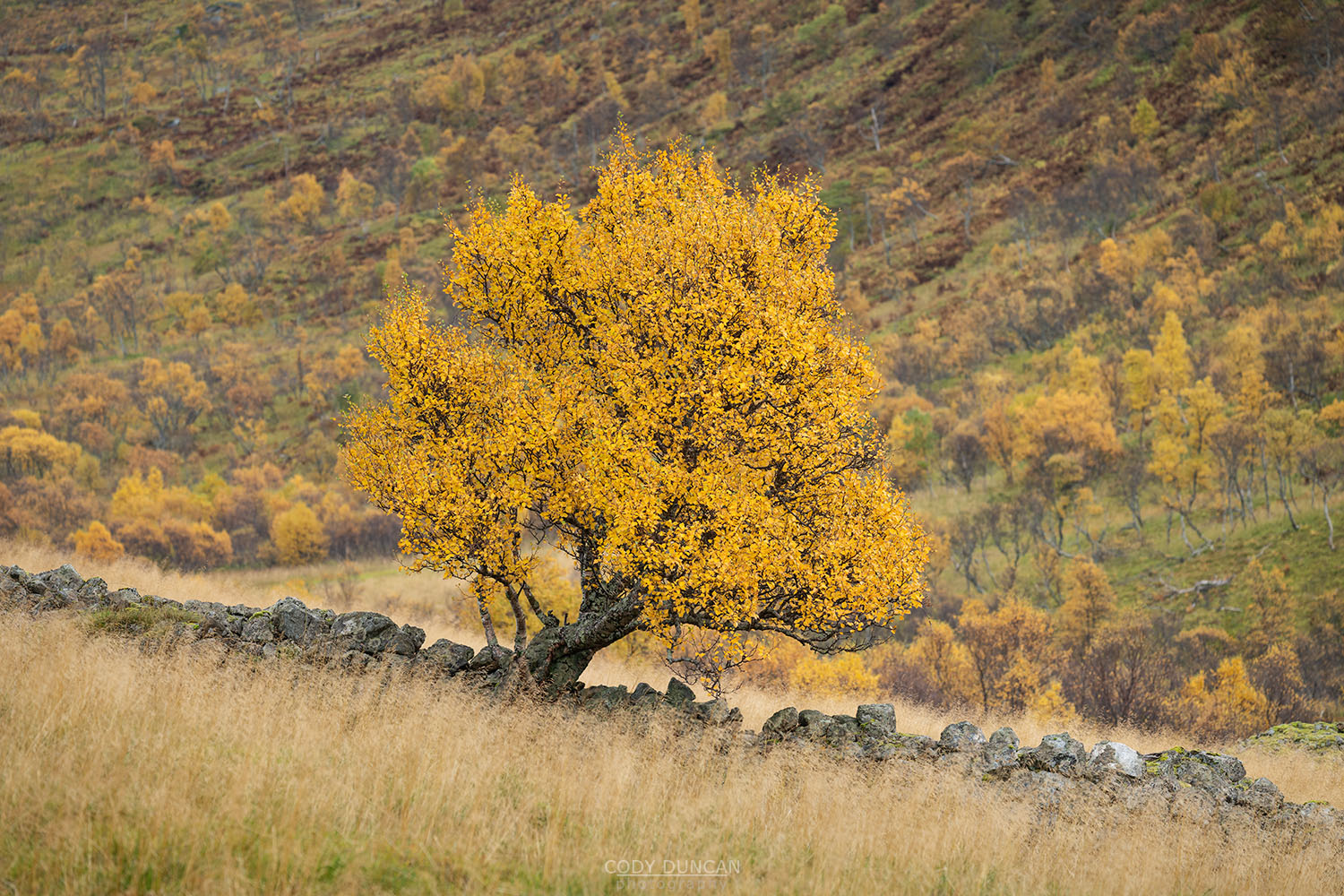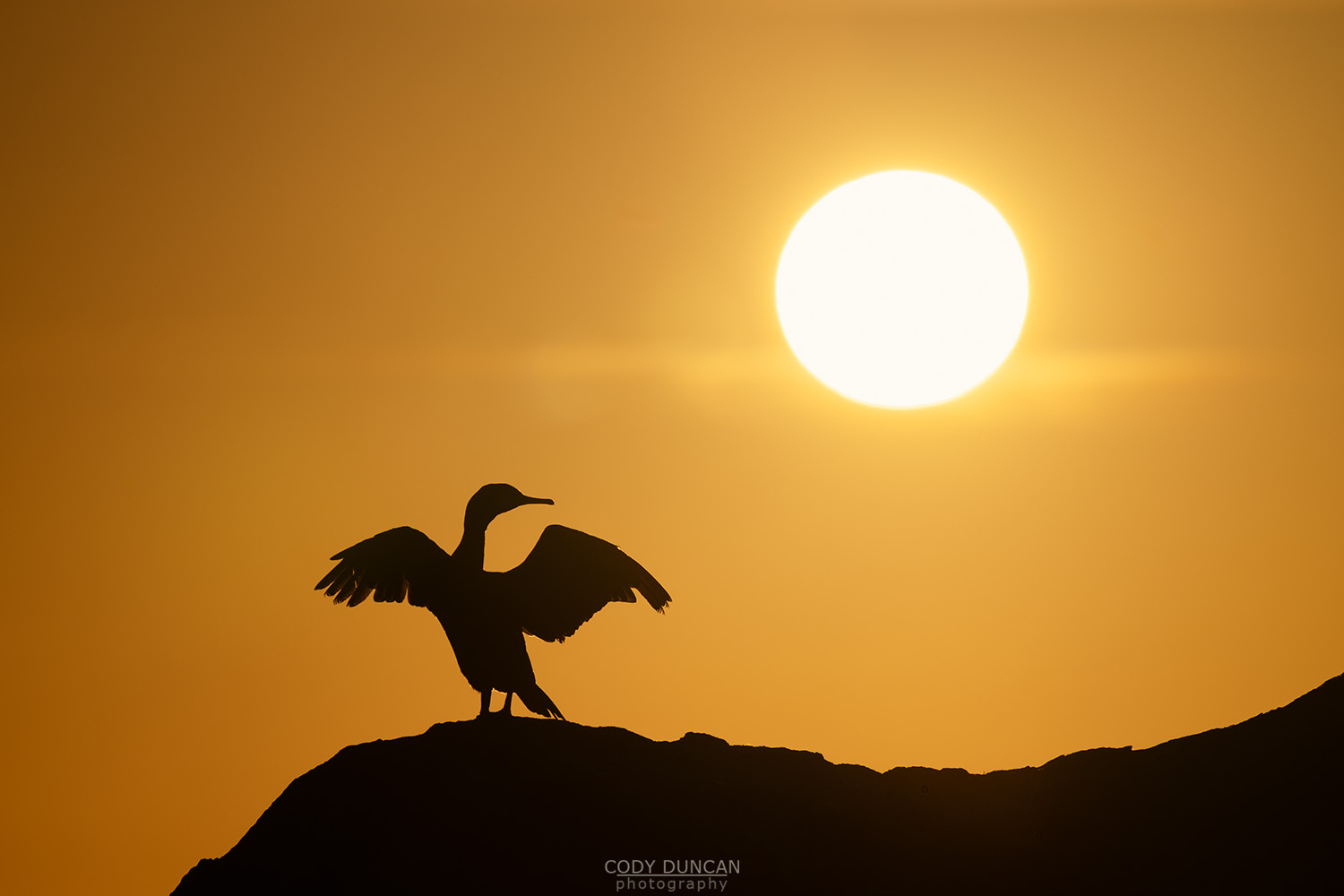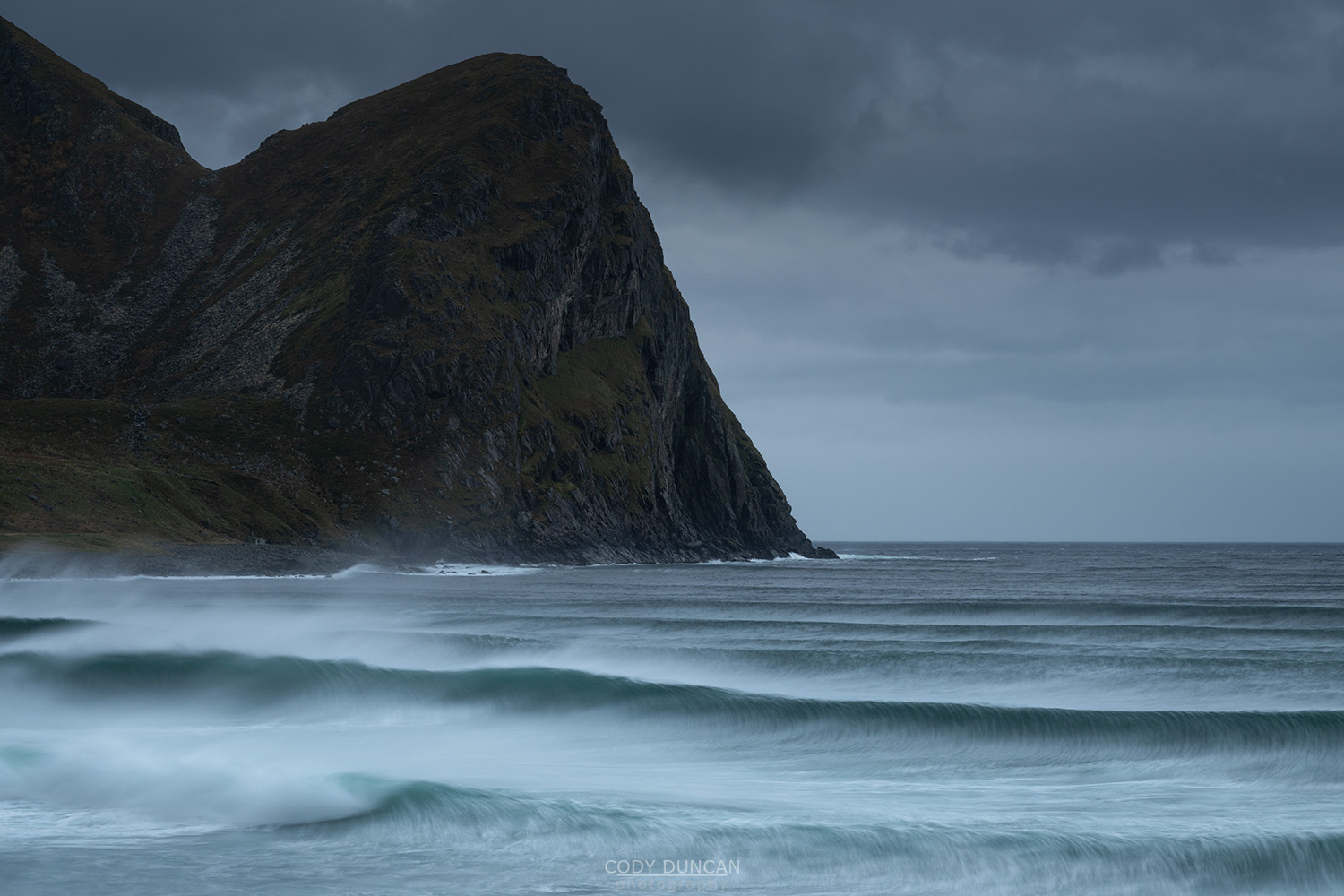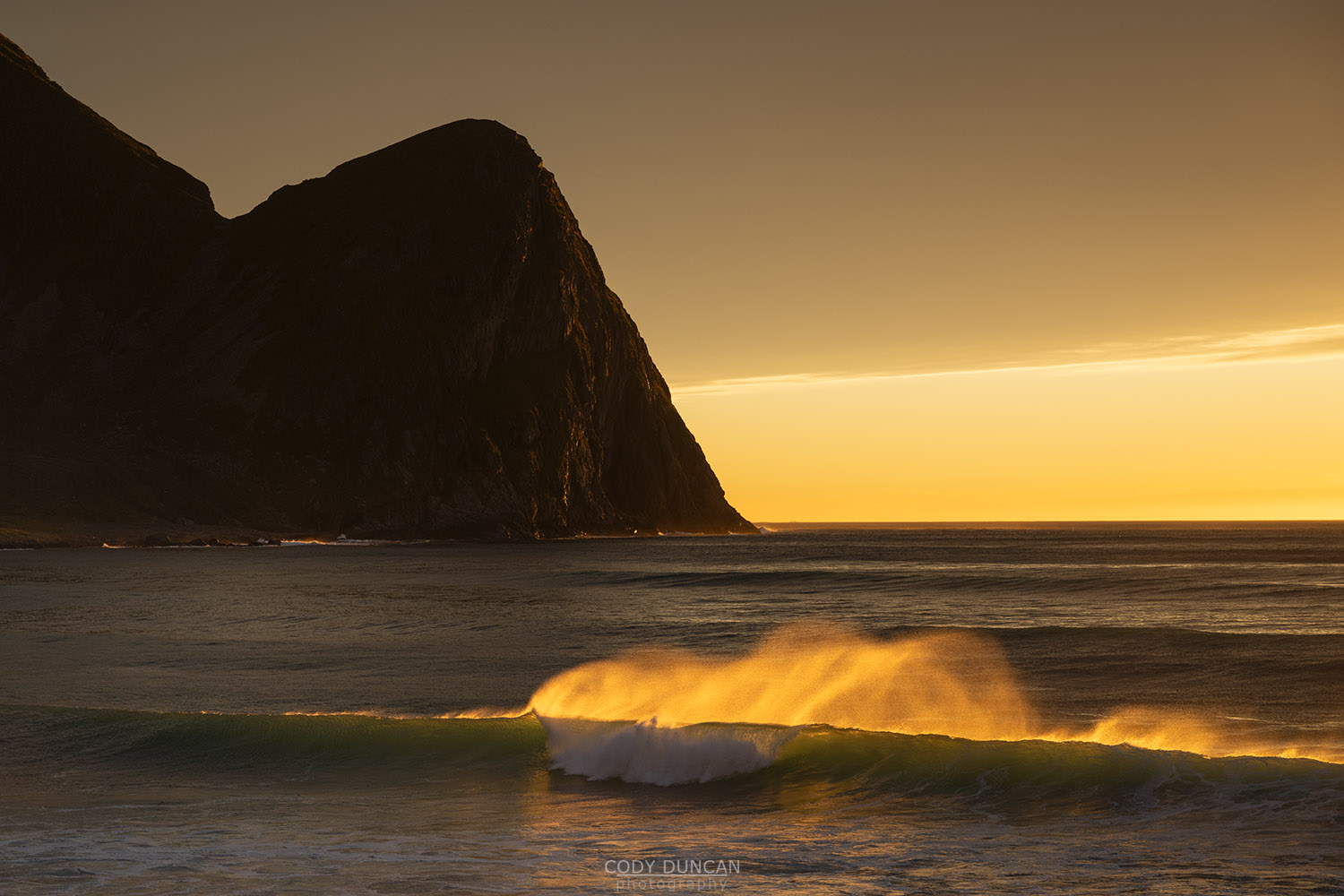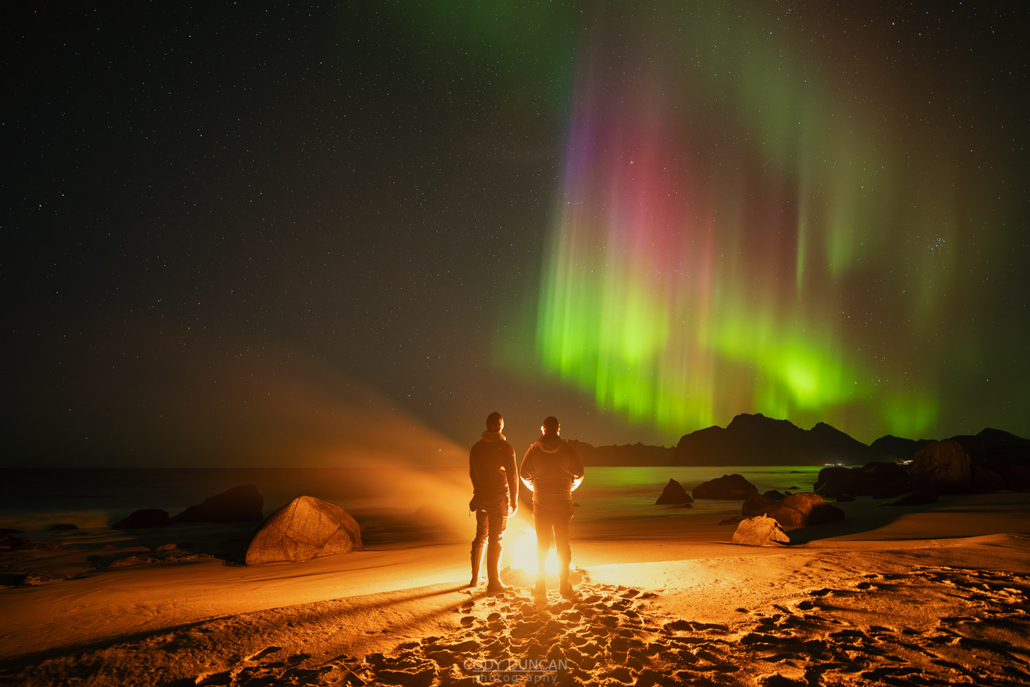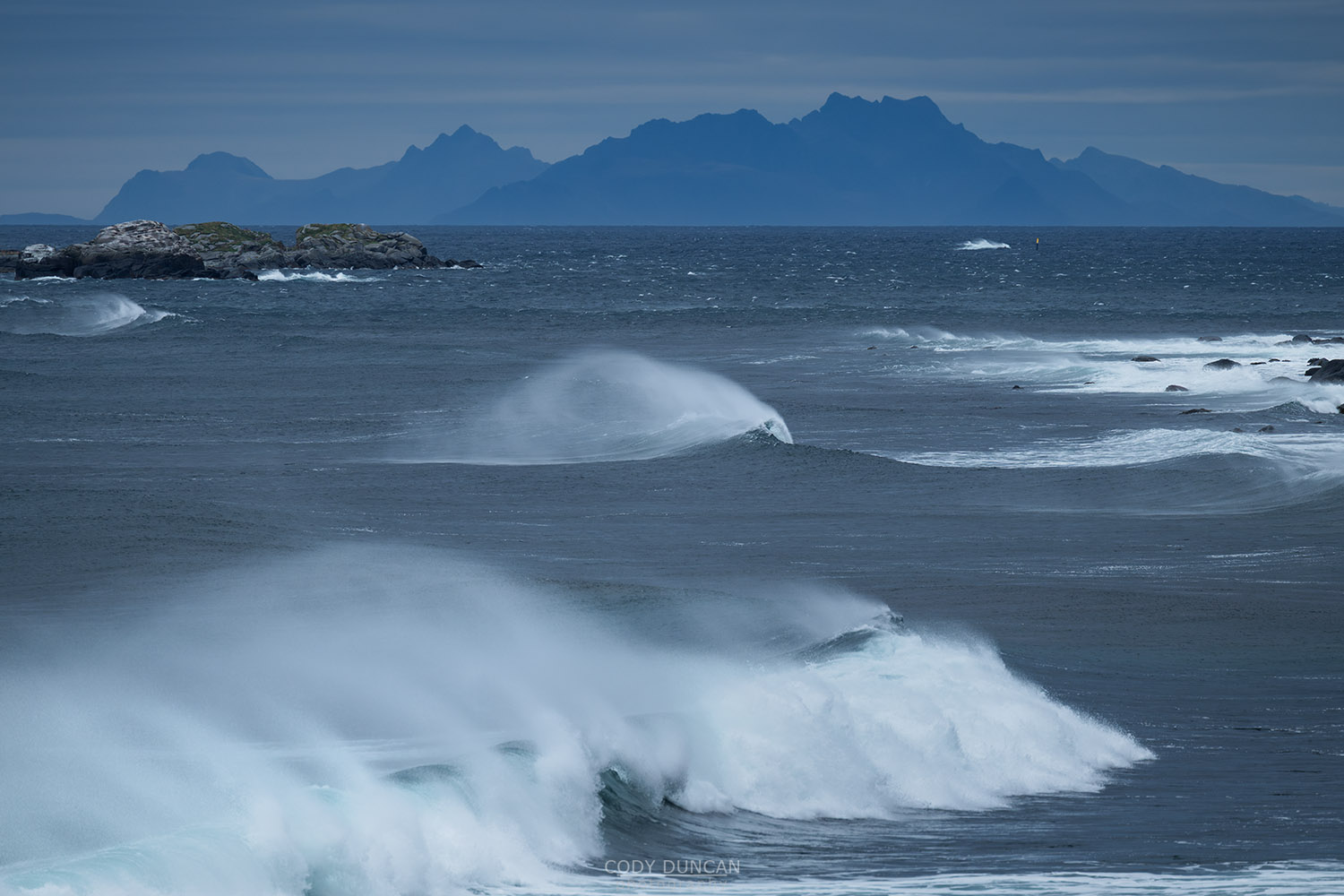
Photo: Misty waves crash along the Eggum coastline, Vestvågøy, Lofoten Islands, Norway. October 2, 2025. 12:06
This was one of those days where the weather isn’t quite as bad as the forecast predicts. After a late night shooting aurora the previous evening, the forecast of a rainy day wasn’t too unwelcome as a bit of rest was needed. But, despite the dreary, grey sky, the rain was mostly staying further out to sea, and so we headed to the sea.
I don’t often take groups to Eggum, as it can be a tricky place to photograph and is highly dependent on what weather and light you arrive to. But with a moderate size swell still hitting Lofoten and the dark sky, I thought it could be a good place for some atmospheric seascapes along the rocky coastline.
I initially started out on the rocky part of the pay just out of frame on the right side of the image, and shooting towards my position here and the mountains behind me. But it wasn’t quite working for me. I wanted to be up higher, and shoot across the breaking waves. And so I walked some distance down the old pathway to the opposite end of the shallow bay.
Here, I had a higher vantage point, and also a better background – the dark mountains of Vesterålen, some 50km away.
Like with most seascape photography, I sat and watched the breaking waves, hoping for the elements to line up across the frame. I was also trying the hide the rocky shoreline before me, as the white-wash was too distracting from the rest of the scene. I stayed for a while, until the misty rain turned into proper rain drops and it was time to head back to the van.
Camera Info:
Nikon Z8
Nikon 100-400 f/4.5-5.6
350mm
ISO 500
f7.1
1/640 Second
WB Daylight
